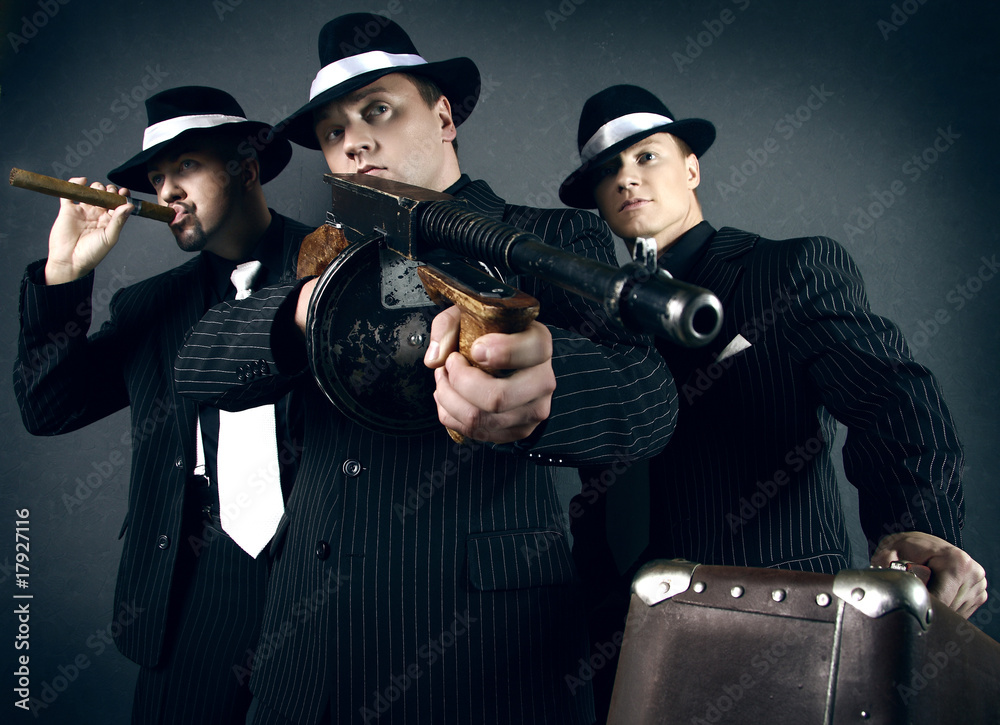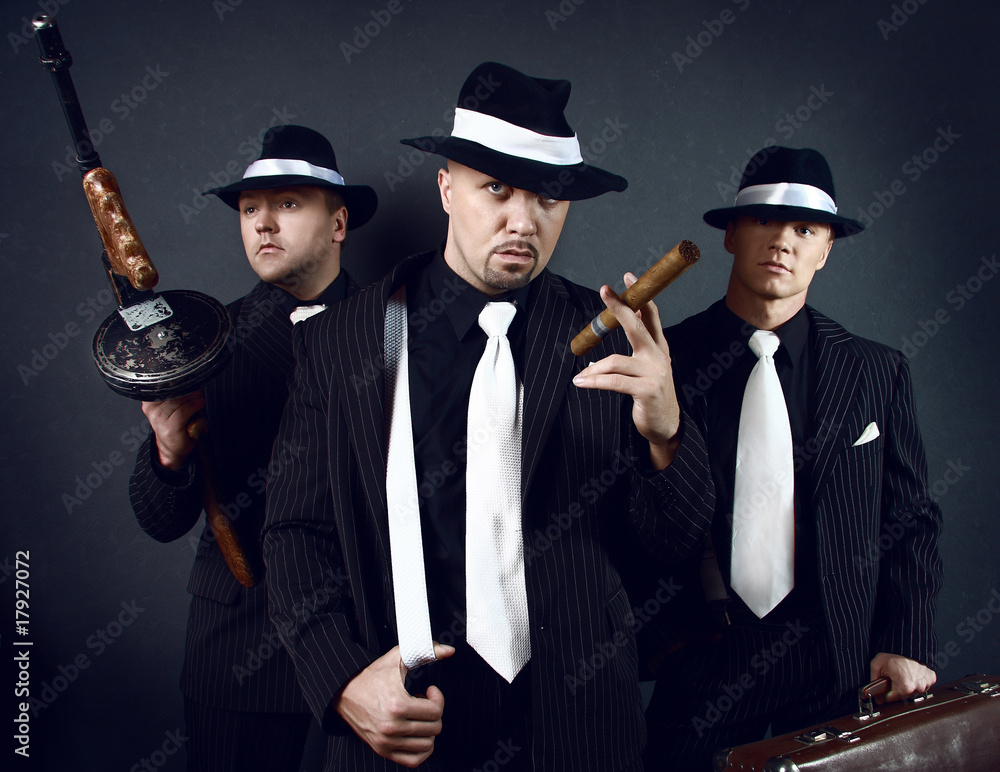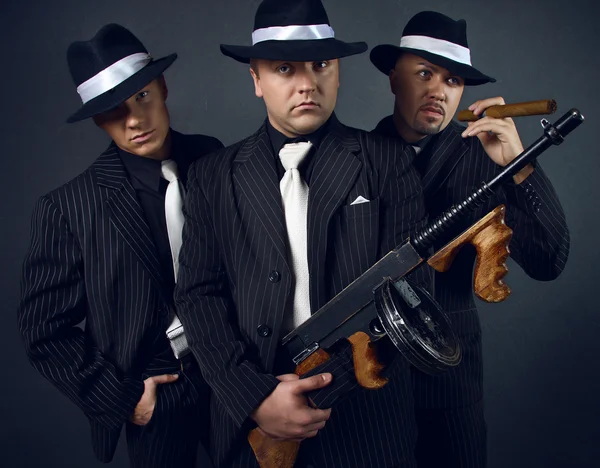Who Was The Gangster Killed In The Chicago Theater? Unraveling A Persistent Query
The shadowy past of Chicago, with its whispers of back-alley deals and sudden, dramatic ends, has always held a powerful grip on our imaginations. Stories of tough characters and their dangerous lives often spark curiosity, making us wonder about the specific moments when their violent world spilled into public view. So, the question of who was the gangster killed in the Chicago theater, it's almost like a riddle that pops up quite often, isn't it?
It’s a truly captivating thought, the idea of a notorious figure meeting their fate in such a public, dramatic setting. This query, honestly, brings to mind all sorts of scenes from classic films, where the tension is thick enough to cut with a knife. People are, you know, always drawn to these tales of underworld figures and their dramatic exits.
While the exact details of a gangster specifically killed *inside* a Chicago theater might not be widely documented in every historical account, or even in the records we have here, the city's rich history of organized crime certainly paints a picture of a time when violence was, well, a pretty common occurrence. We can, in a way, look at the broader context of Chicago's notorious past to understand why this question feels so compelling.
- Gary Oldman Kevin Costner
- Mark Ruffalo Alive
- Denzel Washington Closing Door Gif
- Anthony Hopkins Freud
- Christian Bale Civil War Movie
Table of Contents
- The Persistent Question and Chicago's Shadowy Past
- Chicago's Underworld: A Glimpse from Our Records
- The Enduring Allure of the Gangster Story
- Exploring the History: Beyond the Headlines
- Frequently Asked Questions
The Persistent Question and Chicago's Shadowy Past
You might ask yourself, why does this specific question about a gangster killed in a Chicago theater keep coming up? It’s, in some respects, almost like a piece of folklore, something that feels like it *should* have happened given the city's colorful past. Chicago, during the Prohibition era and the decades that followed, was, as a matter of fact, a place where secrets often ran deep and lives could change, or end, very suddenly.
The very idea of a public killing, especially in a place like a theater, adds a layer of dramatic flair to the already intense narratives of the time. It’s a bit like a scene from a movie, right? The general perception of Chicago back then was, arguably, one of a bustling metropolis where illegal alcohol flowed freely and rival factions constantly vied for control, often with violent outcomes. This atmosphere, you know, just makes such a question feel incredibly real and relevant to the era.
People, it seems, are really drawn to the dramatic elements of these stories, even if the specific details are sometimes a little hazy in our collective memory. The allure of the gangster, living outside the law and facing constant danger, is a powerful one, and stories of their demise, especially in unexpected places, tend to stick with us.
- Bradley Cooper Age
- Michael Caine Funeral In Berlin
- Denzel Washington Law School
- Steve Buscemi As God
- Joaquin Phoenix Gladiator Thumbs Down
Chicago's Underworld: A Glimpse from Our Records
While our current records don't pinpoint a specific gangster killed in a Chicago theater, they certainly paint a vivid picture of the city's underworld during those turbulent times. The kind of activity described, like various crews "beefing" with each other, suggests a constant state of tension and territorial disputes that could, and often did, lead to violent confrontations. This was, basically, the everyday reality for many involved in the mob scene.
The Cicero Crew and Local Tensions
Our records mention the "Chicago mafia’s cicero crew beefing with latin kings &." This little snippet, honestly, tells you quite a lot about the daily grind of organized crime. "Beefing" in this context wasn't just about harsh words; it meant real, dangerous rivalries. These groups were, you know, constantly clashing over territory, illegal operations, and general power.
Such conflicts were, in a way, the lifeblood of the underworld, shaping the very landscape of crime in the city. The Cicero crew, like many others, had their turf, their rackets, and their enemies. When these groups bumped heads, which happened quite often, the results could be pretty explosive, sometimes spilling out into public areas, though perhaps not always directly into a theater. It just goes to show how volatile things could get.
These rivalries, you see, weren't just about money; they were also about respect and dominance. Losing face could mean losing everything, so these disputes were, basically, fought with a very fierce determination. The constant threat of violence was, in a sense, just part of the job description for anyone involved in these circles.
Prohibition Era: Speakeasies and the Struggle for Control
The Prohibition era, as our records note, was a time when "a once booming underground speakeasy struggles to regain their dominance in." This really highlights the economic engine behind much of the mob's power. With alcohol made illegal, the demand for it didn't disappear; it just went underground, and that's where the gangsters stepped in.
Speakeasies were, quite simply, goldmines. They were the places where people could enjoy a drink, listen to music, and escape the everyday grind, all while fueling the mob's coffers. But controlling these establishments, that was the real trick. It meant constant battles, not just with the law, but also with rival gangs trying to muscle in on the profits.
The struggle for dominance in this lucrative trade was, in fact, a brutal one. Every speakeasy, every shipment of liquor, was a potential flashpoint for violence. While we don't have details of a specific theater killing, it's pretty clear that these constant fights for control often led to deadly encounters, sometimes in less public spots, but always with a dramatic edge. The very nature of the business, you know, invited trouble.
The Unwritten Rules: Mob Retaliation and Consequences
There’s a common saying, isn't there, that "it's generally believed that the mob never retaliates against rats." But our records, very clearly, tell us that "it's simply not true that they always go unharmed." This really gets to the heart of the mob's brutal code. Loyalty was everything, and betrayal, well, that was almost never forgiven.
While direct retaliation might not always happen immediately, or in the most obvious way, the idea that someone could just walk away after crossing the mob, that’s just not how it worked. The consequences for those who broke the code, or who were seen as a threat, could be severe, and often, quite final. This unspoken rule of retribution was, in a way, a powerful tool for maintaining control and instilling fear.
The fear of retaliation was, actually, a constant shadow over anyone involved in the underworld. It wasn't always about a grand public spectacle; sometimes, it was about sending a quiet, chilling message. This constant threat of violence, of a sudden disappearance or a brutal end, was, basically, a fundamental part of the gangster's world, adding to the pervasive sense of danger that surrounded them.
The Enduring Allure of the Gangster Story
So, why do we keep asking about these figures, these dramatic moments in history? It's a bit like a historical true-crime fascination, isn't it? The lives of gangsters, filled with danger, power, and often tragic ends, continue to captivate us, making us wonder about the specific events that shaped their legends.
There's something about the sheer audacity of these individuals, living by their own rules in a world that often felt chaotic, that just draws people in. It's not just about the violence; it's also about the rise and fall, the complex relationships, and the sheer human drama involved. We, you know, often find ourselves thinking about what it must have been like to live through such times.
From Real Life to Popular Culture
The real-life events of the gangster era, even without a specific theater killing, have, apparently, inspired countless works of fiction. We see it in things like "british crime/gangster/criminal films," which people really enjoy, and even in the idea of creating a "1930s gangster campaign" for a game, as mentioned in our records. This just goes to show how deeply these stories have woven themselves into our cultural fabric.
These narratives, whether in movies or games, allow us to explore the thrill and danger of that period from a safe distance. The idea of, say, pulling off a "heist in vr," as someone mentioned, is a fun way to engage with the themes of the era. It's a way for us to understand, in a very immediate sense, the high stakes and the dramatic choices these figures faced.
The gangster archetype, too, often gets a bit of a mixed perception. People might see them as glamorous or, sometimes, as misunderstood figures. This fascination, you know, really speaks to our ongoing interest in the darker sides of human nature and the historical moments that shaped them.
Exploring the History: Beyond the Headlines
While the specific answer to "Who was the gangster killed in the Chicago theater?" might remain elusive in some detailed historical accounts, the question itself serves as a wonderful starting point for exploring Chicago's rich and often turbulent past. It encourages us to look beyond just the headlines and really understand the forces at play during the Prohibition era and beyond.
Learning more about the daily lives, the struggles for power, and the unwritten rules of the underworld helps us, in a way, to appreciate the full scope of this fascinating period. There’s so much more to these stories than just the dramatic moments, and understanding the context makes them even more compelling. You can learn more about Chicago's underworld history on our site, and if you're curious about the era's broader impact, perhaps check out this page on the cultural legacy of the 1920s.
It's truly amazing how these historical questions, even when they don't have a simple, direct answer, can spark so much interest and lead us down paths of discovery. The enduring appeal of the Chicago gangster story is, in fact, a testament to the powerful human dramas that unfolded in that city, so long ago. You know, it really makes you think about the layers of history that exist just beneath the surface.
Frequently Asked Questions
Here are some common questions people often ask about Chicago's gangster past:
Was Al Capone killed in a theater?
No, Al Capone was not killed in a theater. He actually died in his home in Florida in 1947 from complications of syphilis and pneumonia. The idea of a gangster meeting a dramatic end in a public place like a theater is, you know, a very popular trope in stories, but it doesn't align with Capone's actual demise.
What famous gangsters were killed in Chicago?
Chicago was, honestly, the scene of many gangster killings during the Prohibition era and beyond. While our records don't specify a theater killing, notorious figures like Dion O'Banion, Hymie Weiss, and Bugs Moran's crew (during the St. Valentine's Day Massacre) were all victims of mob violence in the city. These events, basically, defined the era's brutal reputation.
How did gangsters operate in the Prohibition era?
Gangsters during Prohibition primarily operated by controlling the illegal production and distribution of alcohol, often through speakeasies and bootlegging operations. They also engaged in other rackets like gambling, prostitution, and protection schemes. They maintained control through intimidation, violence, and, you know, sometimes even corrupting public officials. It was, in a way, a highly organized and dangerous business.
- Matthew Mcconaughey Interstellar Crying
- Brad Pitt Gwyneth Paltrow
- Tommy Lee Jones Fishing Boat Movie
- Keanu Reeves Early Movies
- Patrick Stewart Ian Mckellen Waiting For Godot

Gangsters

Gangsters

Gangsters 2